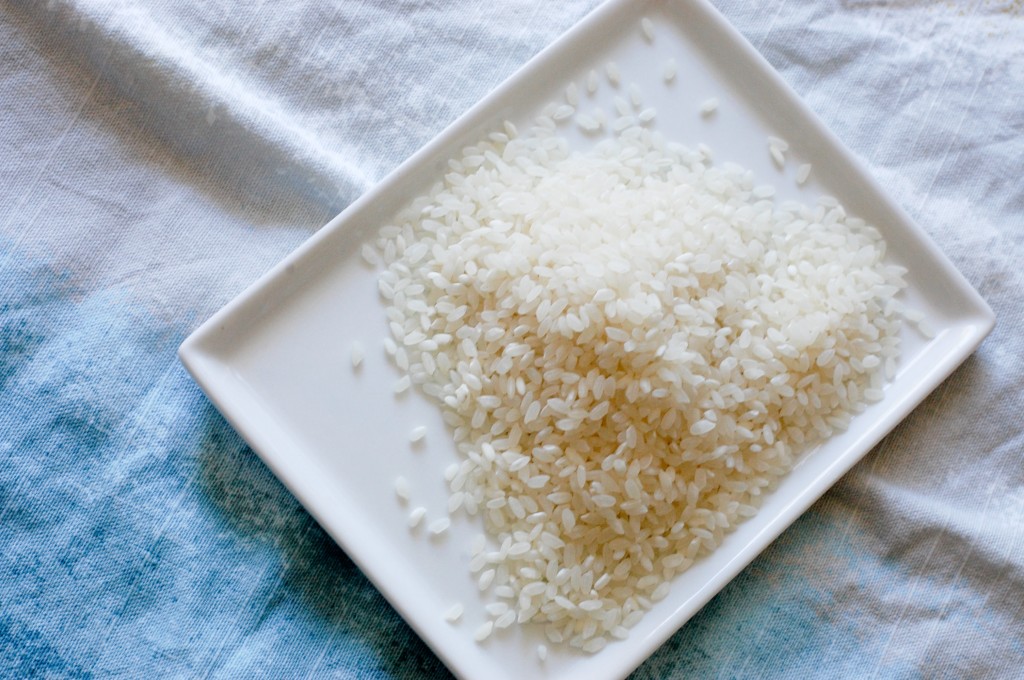The Sushi Tails: Ingredients
The beauty of sushi is in the simplicity of its ingredients. A perfect harmony of subtle perfection. The essence of flavours is inevitably a reflection of the quality and freshness of the components used. While you may be able to hide ingredients that are not top notch in many cooked foods by blanketing them under sauces and dressings, with sushi there is almost nowhere to hide. In this light it’s crucial to spend a bit of extra time and money to ensure you’re getting the best.
We’re already saving money making sushi at home and we know we are going to lose a bit of quality because we aren’t all trained sushi chefs who’ve studied the art for decades. So, let’s make the effort to get the best ingredients for the job.
The Rice
I’ve seen sushi made with all sorts of rice and the truth is many varieties are usable. However, the line between good sticky rice and lumpy mushy rice is very fine. Sushi rice is cultivated to be just perfect for the task at hand. It won’t harden up and dry out on you as quickly as some other types of rice and the high starch levels naturally binds the rice without becoming clumpy.
You can find a bunch of brands or types of sushi rice at the grocery store, and this will do in a pinch. I took the time to visit Rube’s Rice in the St. Lawrence Market to chat about my little sushi project. They pointed me to some Kokuho rice that is the gold standard. You can find good sushi rice at any Asian supermarket.
The Vinegar
Sushi vinegar is not white vinegar. Do not attempt to use it. Your kids will not forgive you. Sushi vinegar is made from rice. It comes in two general types: seasoned and unseasoned. While it’s possible to season your own rice vinegar at home I find the pre-seasoned one works just fine. Seasoned sushi vinegar is basically rice vinegar with salt and sugar. Without this seasoning your sushi will taste a little flat.
If you want to make your own it’s fairly simple. Seven parts rice vinegar; five parts sugar; one part salt.
In case you were wondering why sushi always scores fairly high in calories it’s because the seasoned vinegar has sugar in it. If you’re interested in keeping the calorie count down you can definitely try using unseasoned vinegar or making your own and holding back on the sugar content.
The Fish
Do not – I repeat – DO NOT use anything but fresh fish for your sushi. This generally means sourcing it from a market or fishmonger. After you get used to seeing really fresh fish you will never be able to buy the limp, dilapidated grocery store fish again. Yes, it’s often more expensive and yes, it’s worth it.
In most sushi the fish is eaten raw. You do not want to eat sushi made with fish that isn’t fresh. It doesn’t taste good and it can make you very, very sick.
As mentioned before, you may be able to hide slightly dated fish if you fry it and smother it in sauce. You will not be effective in doing the same with your sushi. Fresh fish should be bright and shiny. It should look vibrant and be firm to the touch. It should smell like the ocean. Not like rotting fish.
If you are getting salmon or tuna you can ask your fishmonger to de-bone it and skin it for you. Many of these stores will sell sushi-grade salmon if you ask. If you can’t get fresh fish you should be making vegetarian sushi.
Nori/Seaweed
Nori sheets are used to wrap maki sushi rolls. They are made from seaweed in a method not too different from paper-making. The sheets are usually lightly toasted before using for sushi. Since I’m planning to make chirashizushi for my family it’s not as integral to the finished product. I like using nori flakes to sprinkle on top of my sushi bowl when making chirashizushi. You can find them already pre-toasted and mixed with sesame seeds. Perfect!
The Vegetables
Buy fresh firm vegetables that are in-season. How would you feel after sitting in the back of a truck for a week as you bump your way across the continent from sunny California or Florida? Your vegetables feel the same way. In Ontario greenhouse cucumbers and peppers are available nearly year-round!
I guess what I’m trying to say is: buy fresh and buy good quality ingredients. Sushi is a delicate balance of flavours that really shines on the elements used to create it. You won’t regret it!
Filed under: Method on September 27th, 2013 | Comments Off on The Sushi Tails: Ingredients







